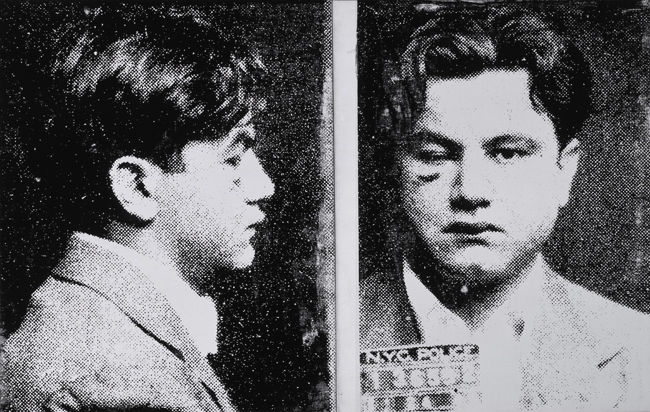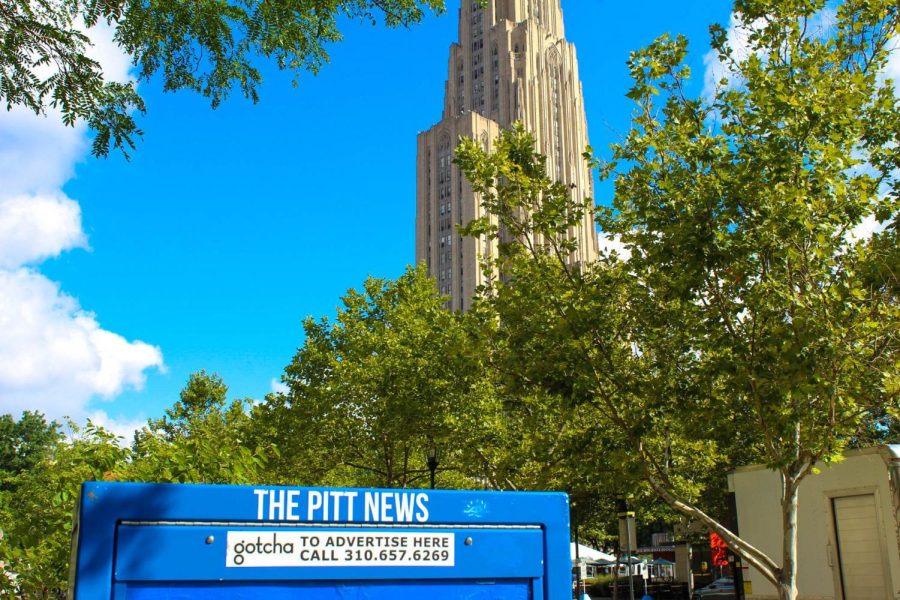’13 Most Wanted Men’ revives censored, cynical Warhol mural
November 3, 2014
In April 1964, Andy Warhol debuted his famous “13 Most Wanted Men” mural at the World’s Fair in New York. Just a few days later, it was painted over.
The World’s Fair organizers and Gov. Nelson Rockefeller took issue with Warhol’s snapshot of America, and they ordered its removal.
Andy Warhol’s “13 Most Wanted Men and the 1964 World’s Fair,” the exhibit that highlights his reproduction of the mural, is on display until Jan. 4, 2015, at The Andy Warhol Museum — giving gallery-goers more time to see it than they had during its initial display 50 years ago.
The exhibit, which showcases some of the 20 paintings that Warhol made after the World’s Fair, is a collaboration between the Queens Museum in New York and The Warhol. According to curator Nick Chambers, the exhibit explores not only Warhol’s motivations for the work, but also the circumstances of its censorship.
“When you see the show, and you look at this in retrospect, I think it’s hard to imagine any other scenario other than the work being censored,” Chambers said.
Chambers said that Andy Warhol was commissioned to produce the mural for the World’s Fair as early as 1962. This was early on in Warhol’s career, and he was still viewed as an up-and-coming artist. Clearly, a commission for the World’s Fair was a major opportunity for him.
Terry Smith, the Andrew W. Mellon Professor of Contemporary Art History and Theory at Pitt, said Warhol and the World’s Fair officials both wanted to illustrate a realistic snapshot of America — they just had different ideas about what that meant.
“[Warhol] wanted to create a portrait of America as it was at the time,” Smith said. “The officials of the fair wanted to send a positive image of America.”
Unfortunately for the officials, Warhol’s “perception of America was that it was very violent,” according to Smith. Taking mugshots from the NYPD’s Most Wanted Criminals, Warhol enlarged pictures of the fugitives on large masonite panels. The mural was displayed on the side of the New York State Pavillion.
These violent criminals, regardless of how accurately they represented the tumultuous ‘60s, were not intended to be the poster boys of the World’s Fair. Additionally, most of the 13 were Italian-Americans — a major constituency of Gov. Rockefeller.
“He was running for re-election for Governor,” said Matt Wrbican, Chief Archivist at The Warhol. “And he did not want to alienate the Italian-American vote by putting these mugshots on the very building that symbolized his realm of governance.”
Despite the censorship, Warhol later reproduced smaller versions of the images, and some of them are displayed at the exhibit.
Wrbican will be leading a discussion on the exhibit, mural and 1964 scandal on Friday, Dec. 12 at 7 p.m., that’s free with standard admission. Along with Greg Pierce, The Warhol’s assistant curator of film and video, Wrbican will be joined by poet and former romantic partner of Andy Warhol, John Giorno.
“John has been a really significant figure in the New York avant garde, since the 1960s,” Wrbican said. “He’s a stockbroker turned Tibetan Buddhist. He quit that job and realized he had poetry in him.”
The panel will explore the details of the controversy, as well as other possible motivations of Warhol. Some theorize that the title “13 Most Wanted” implies Warhol’s sexual desire for the men, rather than their status as fugitives. For others, it serves as an example of the violence that pervaded the United States in the 1960s — a darker theme of Warhol’s work.
“All of his images were about, in one sense or another, ‘death in America,’” Smith said.








